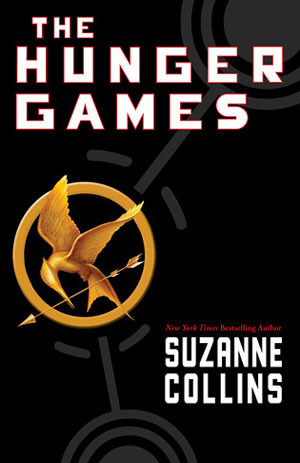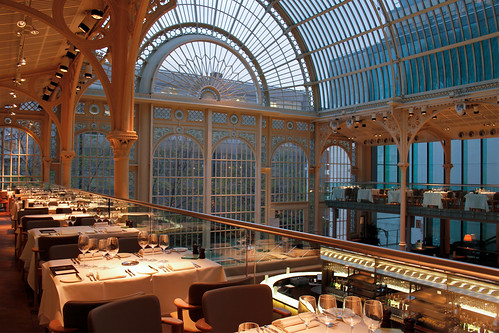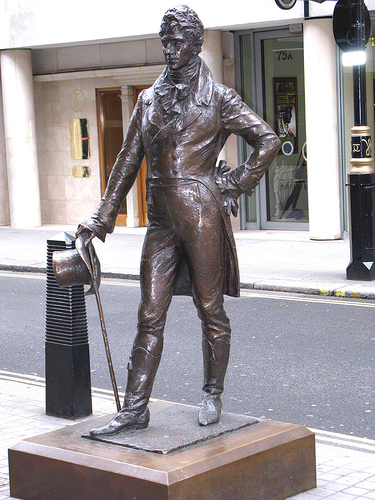| Sydney Red Gum |
As I ventured further and more frequently, what had seemed to me an amorphous, khaki mass resolved into separate elements. It has taken me months to really see the diversity contained in just a few kilometres; treading on spongy ground in dappled groves of lichen covered rocks and lush ferns, towering gums reaching toward the sunlight; then climbing to a ridge covered in grey banksias, sand underfoot, the gums stunted and multi-stemmed.
Up on the ridge
Down in the valley
Today we went for a long walk down Lorna Pass and along the river bed, taking a right turn away from the beaten track on the Great North Walk. I felt confident doing this as I had seen a runner attempt it the other day. He said you could get to another part of the track with a bit of "rock-hopping". The walk was spectacular, the river banks rising steeply from a sandstone rock strewn gorge through which the creek meandered. At one stage, after negotiating slippery boulders for about half-an-hour, the banks getting steeper and the rocks larger, we briefly considered turning back. We were tired and the walk was more rigorous than we had bargained for, but we continued on and soon the terrain became more friendly and we found the path.
During the couple of minutes when we debated turning back, I remembered being lost in the bush for a short time between Middle-Head and Clifton Gardens as a kid and the fluttery feeling of panic in my gut when I thought I'd have to sleep in the bush. That in turn made me think of some of the novels I have read and loved about walking and/or getting lost in the wild.
Books I love about big walks and being lostWild: From Lost to Found on the Pacific Crest Trail
by Cheryl Strayed
I am reading this now, about a woman who walked the Pacific Crest Trail, a gruelling months-long journey from the Mojave Desert in California to Canada. It starts somewhere in the middle, when one of her boots topples down the side of a canyon, never to be seen again. I keep shaking my head at her audacity. A great read so far.
A Walk in the Woods: Rediscovering America on the Appalachian Trail
by Bill Bryson
Bill Bryson walked a large part the Appalachian Trail, that stretches from Georgia to Maine in the U.S, years ago. The book is his usual mix of personal anecdote and interesting historical fact. His description of what he would do if a bear entered his tent is one of the funniest things I have read in my life. Seriously.
Hatchet (Brian's Saga #1)
by Gary Paulsen
I read this because I had to teach it to Year Seven students during my brief career as a trainee teacher. It's a wonderful adventure story about a resourceful kid who survives a light plane crash in the remote wilderness only to battle near starvation, wild weather and his own fears as well as myriad other trials. Couldn't put this one down and the students loved it too.
The Hunger Games (The Hunger Games #1)
Another book written for teenagers but just as enjoyable for adults, all about a dystopian world where teenagers are sent into a wilderness to fight to the death. The author loves Roman History and Greek myths, and there are parallels to both. An imaginative and well-written book. There are three in the series and I liked them all.
Some others that I haven't read (but probably should have):
I would love to hear from you about your adventures in the wild, or your recommendations about similar good reads.
|

















